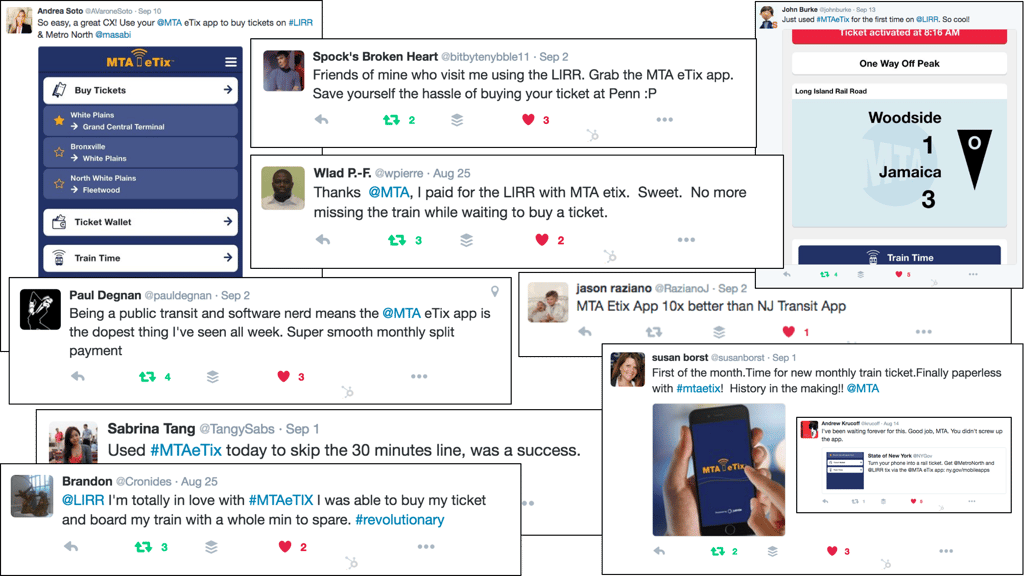When the futurist author Arthur C. Clarke declared in 1973 that "any sufficiently advanced technology is indistinguishable from magic," he might as well have been predicting smart cities.
Smart meters for utilities, smart lighting for streets, smart signals for traffic flow – a great deal of effective smart technology can improve the lives of urban residents without their noticing it or understanding how they benefit.
And that's a problem.
While these technologies make sense to city planners because they improve efficiency and save money, they don't change the daily experiences of residents. And because those residents are also the taxpayers footing the bill for this technology, a benefit that is intangible might instead give the impression of no benefit at all.
On the other hand, a distinctly tangible benefit that also provides efficiency and savings is good from both a planning standpoint and in terms of public perception. This is why transit is a sensible place to begin implementing smart technology. It removes wasteful, annoying and disruptive activities from the lives of residents, and in doing so clearly demonstrates the value of the investment.
Think about the life of a city resident: On a typical workday, she will wake up, travel to the office, work, perhaps travel for a meeting, work some more, then travel home; on a weekend she may travel to a social or leisure destination, then travel home. Every pause during those journeys is an obstacle the resident must overcome to reach their destination, and that's something she will unfailingly notice.
Smart transit initiatives remove those obstacles. When residents can buy tickets ahead of time on their smartphones, they don't have to stand in line at a ticket counter or top up a smartcard at a vending machine. Transit apps that save people time and allow passengers to move seamlessly between modes of transit while providing schedules, route planning and alerts will reduce friction and stress. As obsolete infrastructure and its maintenance costs are eliminated, transit agencies can redirect that money to improve stations and increase the frequency of buses and trains, making travel more enjoyable and convenient.
All of this allows residents to make their journeys in less time and without impediments. That's something they won't be able to ignore.
Now when people wake up in that same city, they have tangible evidence of how their experience has improved and a clear reason for it: smart transit. They also have a better understanding of how smart technology can benefit their lives, and that knowledge will help win their support for future smart city improvements, whether visible or invisible.
We recently launched eTix with the New York MTA, a mobile ticketing application powered by the JustRide platform. This innovation means passengers can now avoid waiting in line to buy their ticket, saving them time and creating a better journey experience. This is a great example of a highly visible smart city project.
Here are some examples of the visible passenger feedback we saw via Twitter:


